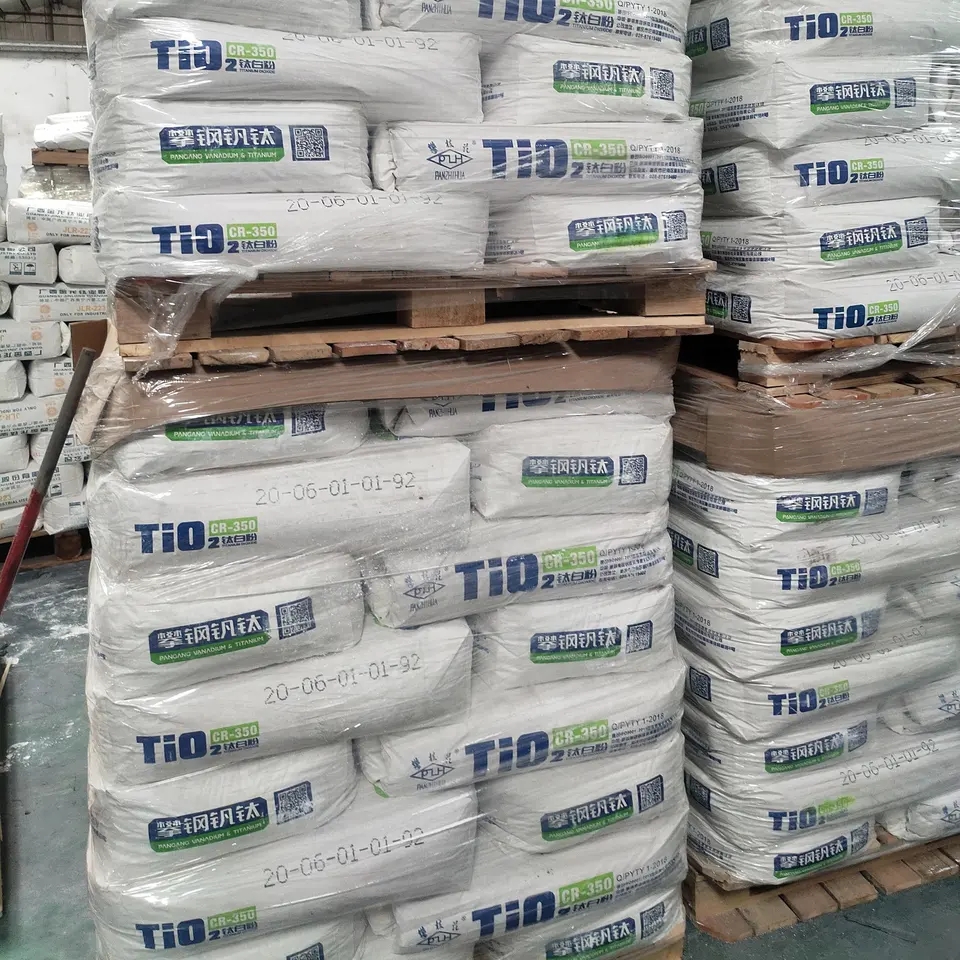
Ago . 15, 2024 01:09 Back to list
Exploring the Applications and Benefits of Titanium Dioxide in Various Industries and Innovations
The Use of TiO2 Applications and Benefits
Titanium dioxide (TiO2) is a versatile and widely used material in various industries due to its unique properties, including high refractive index, UV resistance, and excellent photocatalytic characteristics. As a result, TiO2 has become a cornerstone in applications ranging from pigments to environmental remediation and energy production.
One of the primary uses of TiO2 is as a pigment in paint, coatings, and plastics. Its high opacity and brightness make it an ideal choice for achieving vibrant colors and good coverage. TiO2-based white pigments are especially favored for their durability and non-toxic nature, ensuring that finished products are both visually appealing and safe for consumers. The global demand for TiO2 pigments has grown steadily, driven by the expansive construction and automotive industries that require durable and aesthetically pleasing coatings.
The Use of TiO2 Applications and Benefits
Another significant application of titanium dioxide lies in the realm of photocatalysis. When exposed to ultraviolet light, TiO2 can catalyze chemical reactions that break down organic pollutants, making it a powerful tool for environmental purification. This characteristic has led to its incorporation in air and water purification systems, where it helps in degrading volatile organic compounds (VOCs) and pathogens. In urban areas where air quality is a growing concern, TiO2-coated surfaces can contribute to reducing pollution levels, enhancing the overall quality of life.
use of tio2

The energy sector also benefits from the photocatalytic properties of TiO2. In solar energy applications, TiO2 is utilized in dye-sensitized solar cells (DSSCs), where it serves as a semiconductor material. In these devices, TiO2 allows for the conversion of sunlight into electrical energy, providing a more sustainable energy source. The efficiency and relatively low cost of TiO2 make it a promising contender in the renewable energy field, where ongoing research aims to improve its performance and integration into mainstream energy solutions.
The construction industry has also embraced the innovative use of TiO2 in self-cleaning surfaces. Through the photocatalytic process, TiO2 can break down dirt and grime when exposed to sunlight, leading to cleaner surfaces with minimal maintenance. This application not only enhances the aesthetic appeal of buildings but also reduces the need for harsh cleaning chemicals, promoting environmentally friendly practices.
Despite its numerous benefits, there is a growing need to address concerns surrounding the safety of TiO2. Recent studies have raised questions about the potential health risks associated with inhaling TiO2 nanoparticles. Regulatory agencies are closely monitoring these developments to ensure that TiO2 is used safely in consumer products. Consequently, manufacturers are increasingly focusing on developing TiO2 formulations that minimize health risks while maximizing performance.
In conclusion, titanium dioxide serves a multitude of applications across various industries, from pigments and skincare to environmental remediation and energy production. Its unique properties continue to drive innovation and sustainability, making it an essential material in our modern world. As researchers explore safer usage practices and further applications of TiO2, its role will likely expand, contributing positively to technological advancements and environmental solutions.
-
Best Baso4 Price Wholesale & Manufacturer Deals in China
NewsApr.29,2025
-
Rutile Titanium Dioxide R698 Supplier Coating & Paint Solutions
NewsApr.29,2025
-
Premium Titanium Dioxide Ultra White Paint High-Coverage & Durable
NewsApr.29,2025
-
China Titanium & TiO2 Powder Factory Reliable Rutile & Lithopone Supplier
NewsApr.28,2025
-
Titanium Dioxide Types High-Purity Grades from Trusted Factories & Suppliers
NewsApr.28,2025
-
High-Quality Titanium Dioxide White Pigments Wholesale Supplier
NewsApr.28,2025
